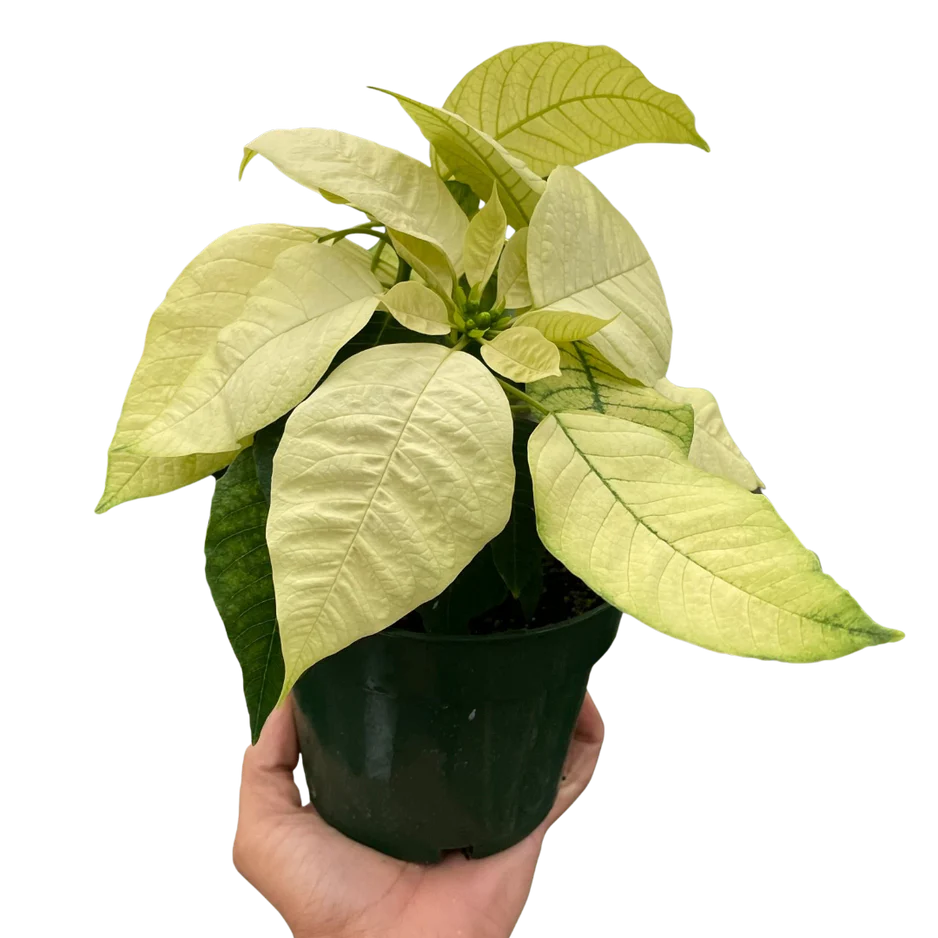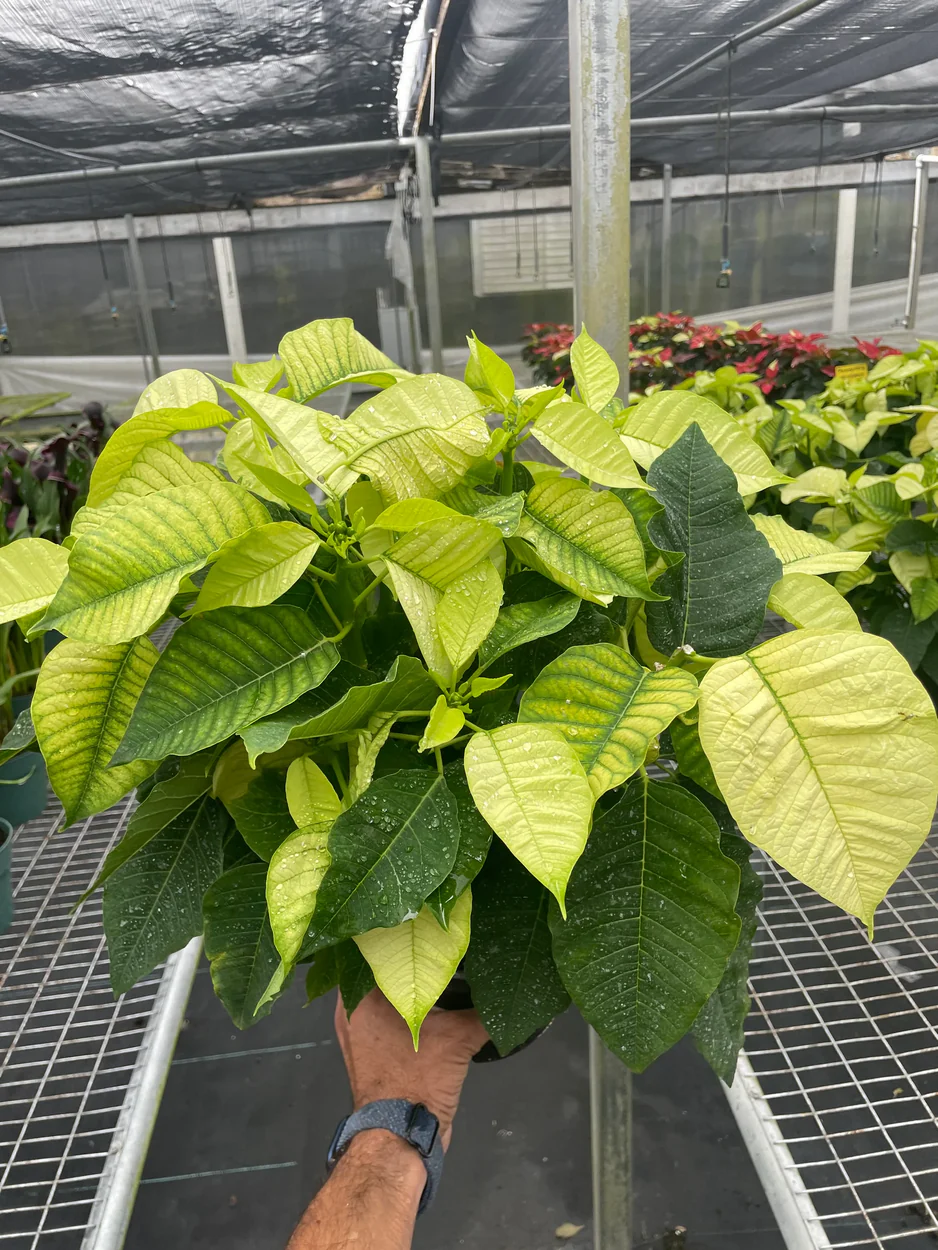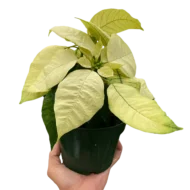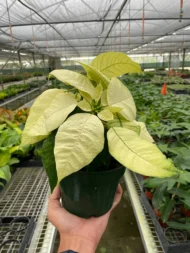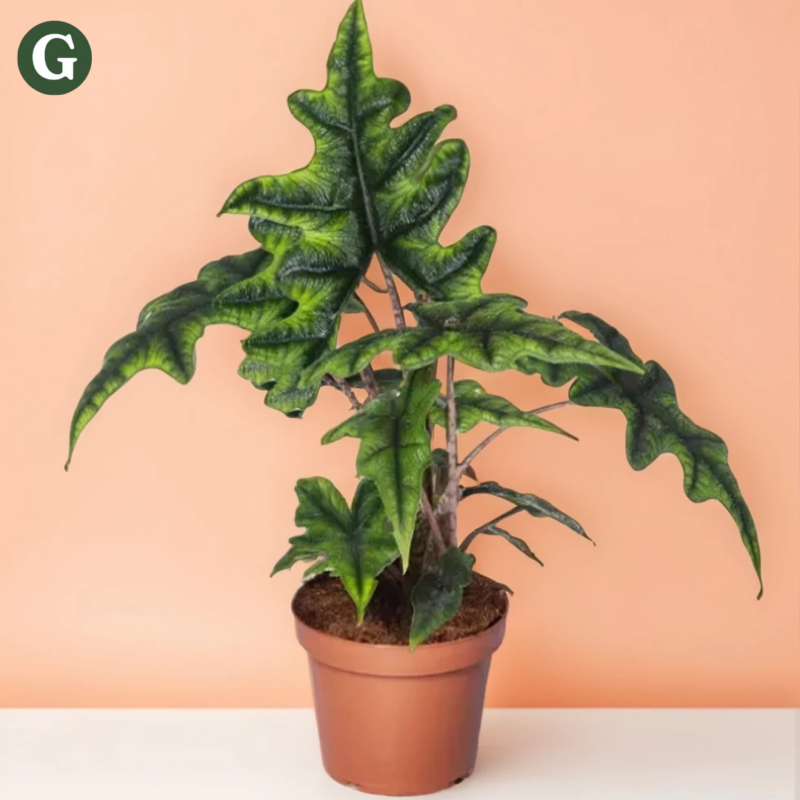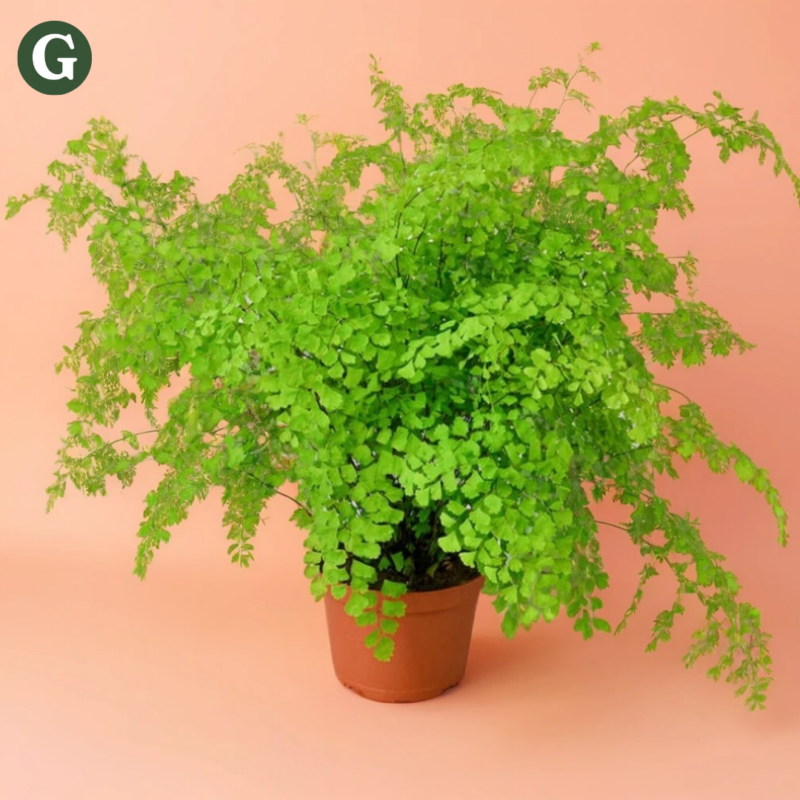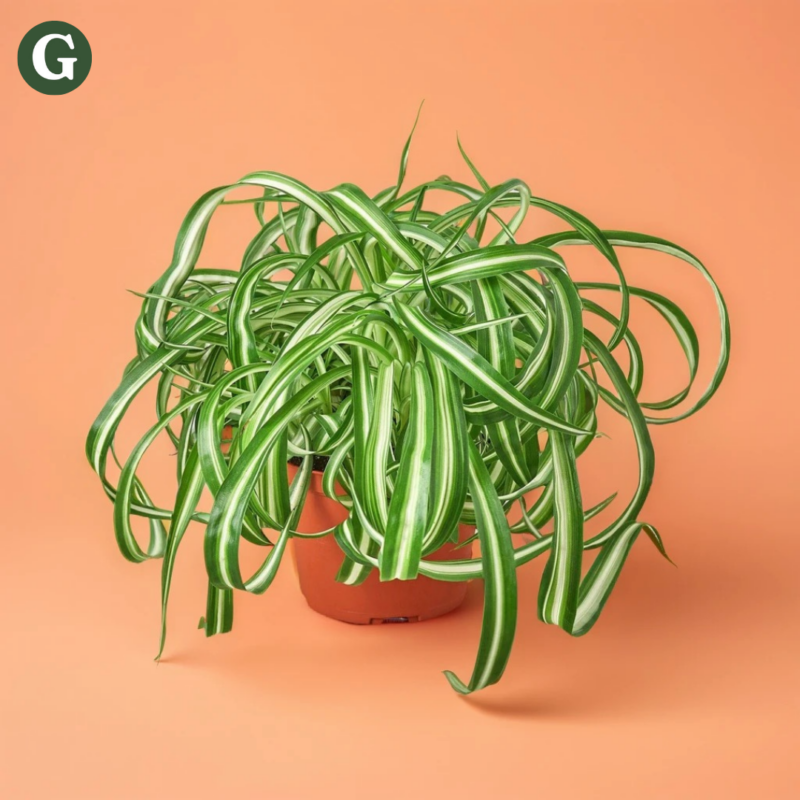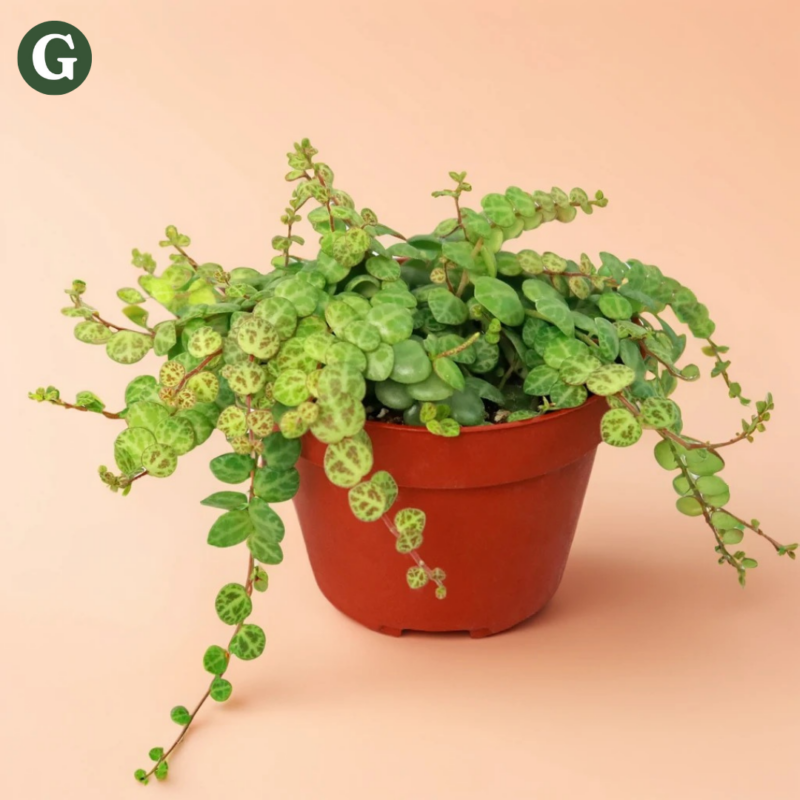Poinsettia White
Botanical Name: Euphorbia pulcherrima 'White'
Common Name(s): Poinsettia White
Poinsettia White is an elegant variety of the classic Poinsettia, known for its crisp, white bracts that surround the tiny yellow flowers in the center. This variety offers a more subtle, sophisticated appearance compared to the traditional red Poinsettia and is often used in winter decor for a more serene, snowy look. Poinsettia White grows to about 12-18 inches in height, making it ideal for display on tabletops, mantels, or windowsills.
Poinsettia White thrives in bright, indirect light, which helps maintain its pristine white bracts. It prefers well-draining soil and should be watered when the top inch of soil feels dry. Overwatering can cause root rot, so it is crucial to ensure proper drainage. Poinsettias should be kept in temperatures ranging from 65-75°F (18-24°C) and away from drafts or sudden temperature fluctuations.
Air Purifying Qualities:
- Toxin Removal: Poinsettia White, like other varieties, helps to filter indoor pollutants such as formaldehyde, benzene, and xylene, improving air quality.
- Oxygen Production: This plant absorbs carbon dioxide and releases oxygen, enhancing the freshness of indoor air.
Note: Poinsettias, including the White variety, are mildly toxic to pets (cats and dogs) if ingested, potentially causing mild stomach upset. It is recommended to keep them out of reach of pets to prevent accidental ingestion.
Care Insights & Expert Tips
- Avoid drafts: Protect your Poinsettia from cold drafts, as they can cause leaf drop.
- Fertilize sparingly: Feed your Poinsettia with a balanced liquid fertilizer diluted to half strength once a month in the summer and spring.
- Monitor for pests: Keep an eye out for common houseplant pests like mealybugs and spider mites. Treat infestations promptly with insecticidal soap or neem oil.
- Pruning: After the holiday season, prune your Poinsettia to encourage new growth.
- Seasonal care: Poinsettias are a short-day plants, meaning they requires specific light conditions to bloom. To encourage reblooming, provide 12-14 hours of darkness each night for 5-6 weeks during the fall.

Visit our plant care library
Find essential tips to keep your plants thriving, vibrant, and healthy.
